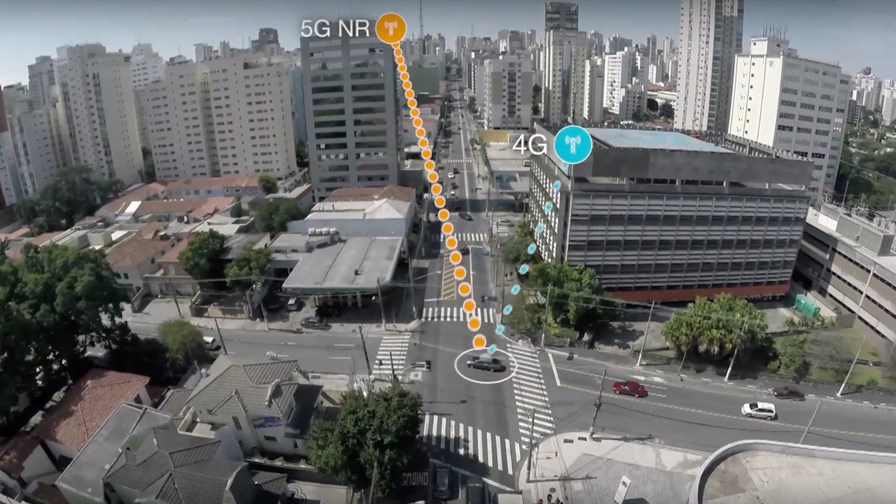
© Ericsson
- Ericsson launches 5G Plug-Ins to prepare today’s networks for 5G
- Software plug-ins address a range of 5G use cases
- Field trial innovations pave way for commercial availability of plug-ins in 2017
- Enables mobile operators to plan for their 5G future
Yesterday we featured the results of a survey undertaken by Ericsson of telco executives and their plans for 5G network deployment. Today, the infrastructure vendor has followed up with the announcement of new “plug-ins” that should prepare today’s LTE networks for the migration necessary to support future 5G services.
The “5G Plug-Ins” are software-driven components that bring 5G technology concepts to today’s cellular networks. They were created as a result of the various 5G field trials and collaboration work Ericsson is undertaking with over 20 mobile operators. The 5G Plug-Ins will be available for operator trials later this year and ready for commercial networks from 2017.
“5G will be driven by new use cases requiring higher performance – from connected cars with perfect driving records, to immersive augmented reality for remote surgery, to multi-K movies on mobile devices,” said Arun Bansal, SVP and Head of Business Unit Radio at Ericsson. “5G will unlock new consumer and industrial applications, and with our 5G field trial plans already well underway, we are now introducing Ericsson 5G Plug-Ins, which enable the evolutionary steps that operators need to take as they develop networks to secure their 5G future.”
The portfolio includes:
- Massive MIMO Plug-In: M-MIMO is the combination of single-user MIMO and beamforming supported by advanced antennas with a large number of steerable ports. They improve both the user experience and the capacity and coverage of the network.
- Multi-User MIMO Plug-In: MU-MIMO transmits data to multiple user devices using the same time and frequency resources and coordinates beamforming: again, better user experience, network capacity and coverage, plus reduced interference.
- RAN Virtualisation Plug-In: More network efficiency and performance improvements by enabling Virtual Network Functions (VNF) to be centralised on a common platform supporting both 4G and 5G.
- Intelligent Connectivity Plug-In: Where 5G and 4G coverage areas overlap, this enables the network to anchor and intelligently route data based on application requirements and network resource availability, increasing the combined data throughput of 4G and 5G resources.
- Latency Reduction Plug-In: Shortens access procedures and modifies the frame structure to enable instant network access and more frequent transmissions.
It’s important to remember that 40 per cent of the world’s mobile traffic is carried over Ericsson networks and that LTE will remain the dominant installed network infrastructure as we enter the next decade – Ericsson predicts there will be 4.3 billion LTE subscriptions by the end of 2021. So no surprise that Ericsson wants to maintain its leadership position and ensure telcos stick with the vendor through the evolution to 5G networks. The new plug-ins are are sensible way to achieve this aim.
“Without spectrum allocations or ratified standards, operators need a migration tactic allowing them to leverage current network investments in synch with their 5G evolution strategies,” said Peter Jarich, VP Consumer and Infrastructure Services at Current Analysis. “Ericsson’s 5G Plug- Ins deliver this flexibility, supporting the deployment of advanced access technologies in the near-term, and in preparation for 5G.”
Email Newsletters
Sign up to receive TelecomTV's top news and videos, plus exclusive subscriber-only content direct to your inbox.




